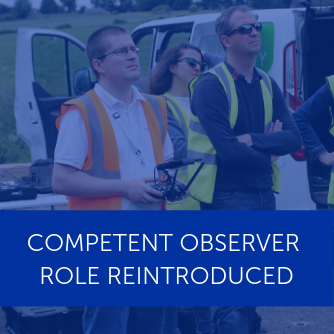
News
Published on 14 Mar 2019
James Willoughby
Competent observer role reintroduced
The CAA has announced an exemption to the Air Navigation Order 2016 - which now allows commercial pilots to fly a drone with the help of a competent observer. ... Read More
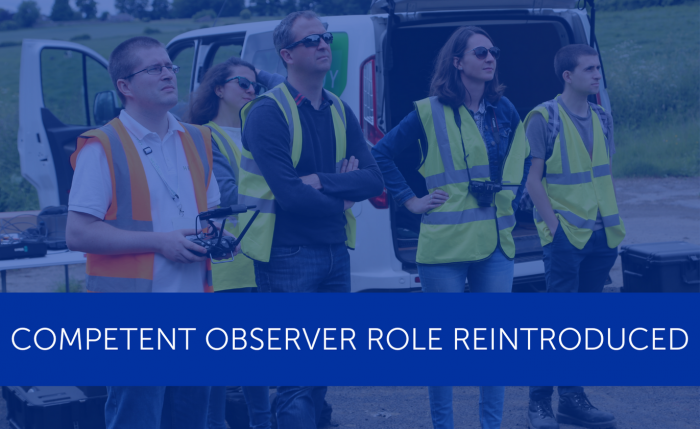
The Civil Aviation Authority (CAA) has announced an exemption to the Air Navigation Order 2016 - which now allows commercial pilots to fly a drone with the help of a competent observer.
Bringing back the competent observer is great for the likes of commercial photographers, allowing them to focus on capturing the best images
Under the changes, a remote pilot with the standard PfCO permission may be accompanied by a competent observer when flying a small unmanned aircraft to enable the remote pilot to focus on the aircraft's on-board camera and viewing equipment. This is especially useful for the likes of commercial photographers who want to focus on capturing the best image.
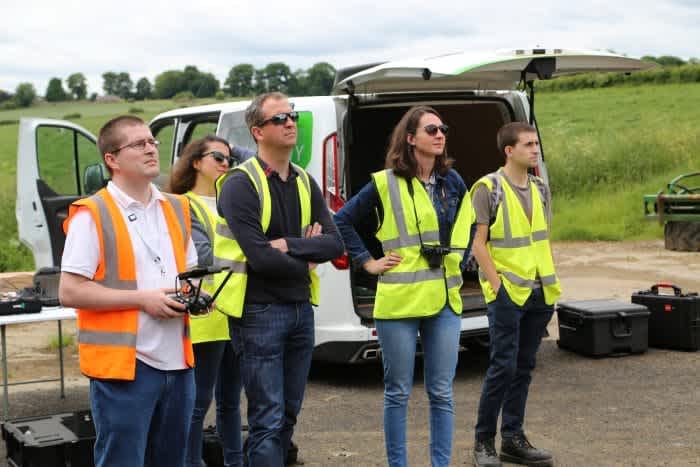
This is an amendment to the previous permission, which removed the competent observer and stated that the remote pilot must be fully and solely responsible for maintaining the drone in their visual line of sight.
Complete your PfCO training with Heliguy. Book now.advgbbtn-abca8fae-310e-42f7-b7f3-3835ba0e0545 { font-size: 18px; color: #fff; background-color: #0232a0; padding: 6px 12px 6px 12px; border-width: 1px; border-color: #0232a0; border-radius: 50px; border-style: solid; } .advgbbtn-abca8fae-310e-42f7-b7f3-3835ba0e0545:hover { color: #fff; background-color: #2196f3; box-shadow: 3px 3px 1px 0px #ccc; transition: all 0.2s ease; }
The exemption came into effect yesterday and will be in place until it is varied, suspended or revoked.
This is another groundbreaking move by the CAA to enable responsible commercial pilots to achieve great results with their drone.
How the rules have changed
The new permission states:
The remote pilot (the person piloting the drone) must be accompanied by a competent observer, situated alongside him/her, who maintains direct unaided visual contact with the small unmanned aircraft sufficient to monitor its flight path in relation to other aircraft, persons, vehicles, vessels and structures for the purpose of avoiding collisions and advises the remote pilot accordingly.
The competent observer must maintain direct unaided visual contact with the small unmanned aircraft
The former permission stated:
…the small unmanned aircraft shall not be flown….Unless the small unmanned aircraft is maintained within the direct, unaided visual line of sight of the remote pilot, out to a maximum range of 500 metres unless a lesser control link radio range has been specified by the manufacturer.
Under the former permission, the remote pilot had to have unaided visual line of sight of the unmanned aircraft
The new permission does not apply to operating permissions issued by the CAA which have been subject to the assessment of an Operating Safety Case (OSC), such as for:
Operations within 150 metres of organised open-air assemblies;
Operations within 50 metres of uninvolved people or properties.
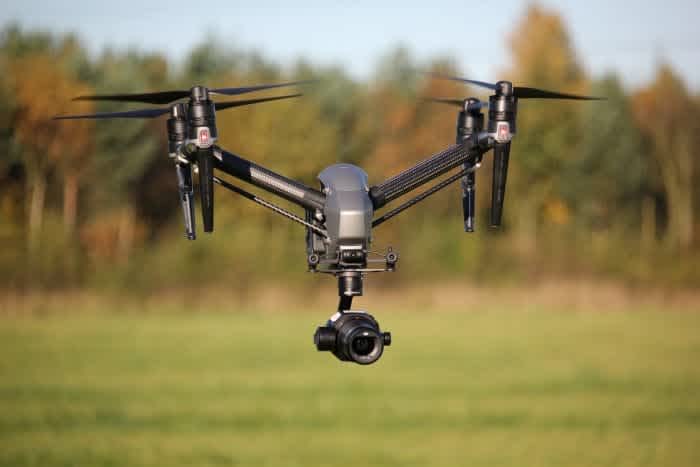
Similarly, it does not apply to any exemption issued by the CAA. In these cases, the conditions of the original permission or exemption will still apply.
The competent observer must be able to assist and advise the remote pilot with safe conduct of the flight
What Must the Remote Pilot Remember
The remote pilot must not fly the small unmanned aircraft:
Within the flight restriction zone of a protected aerodrome unless in receipt of the appropriate permission;
At a height of more than 400 feet above the surface;
Over or within 150 metres of an organised open-air assembly of more than 1,000 persons;
Within 50 metres of any person, vessel, vehicle or structure that is not under the control of the SUA operator or the remote pilot, except that during take-off and landing this distance may be reduced to 30 metres.
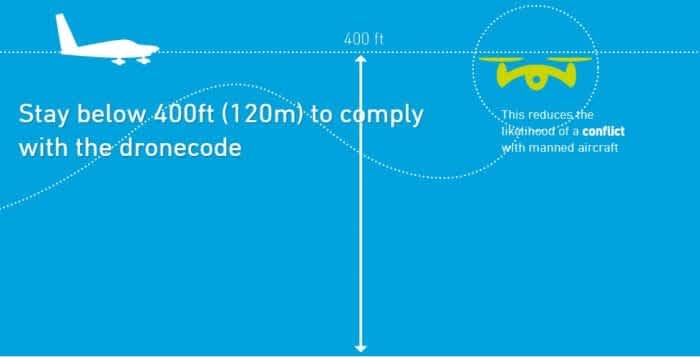
What Does Competent Observer Mean?
In this case, a competent observer means someone who the SUAoperator has designated as the competent observer.
The competent observer must be fully briefed on the flight and what is expected of him/her
Before designating someone as the competent observer, the SUA operator must be satisfied that he or she is:
Competent to perform the tasks which he or she may be called upon to perform;
Competent, by direct unaided visual observation of the small unmanned aircraft, to assist and advise the remote pilot with the safe conduct of the flight.
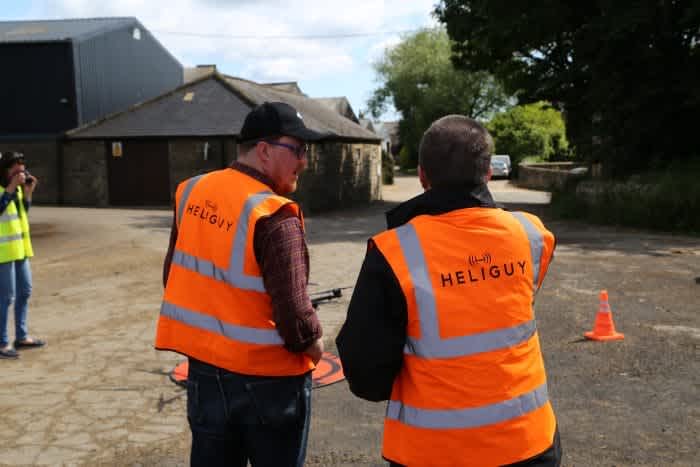
The remote pilot must ensure that:
The competent observer is fully briefed on the planned flight and what is expected of him/her, taking into account the prevailing conditions;
The competent observer understands that he/she must stay directly adjacent to the remote pilot and maintain direct unaided visual contact with the small unmanned aircraft at all times, to visually and aurally monitor the airspace for other aircraft and the area that the small unmanned aircraft will be operating in for any uninvolved persons, vehicles, vessels or structures;
The competent observer has been instructed on the actions to take in the event of another aircraft being spotted and a risk of collision is assessed;
The competent observer has been instructed on the actions to take in the event of any uninvolved person, vehicle, vessel or structure being sighted within, or close to, the minimum distances specified (50 metres);
The competent observer understands that he/she must advise the remote pilot if the small unmanned aircraft is proceeding beyond the point at which he/she is able to monitor its flight path sufficiently to identify a risk of collision.
Complete your PfCO training with Heliguy. Book now.advgbbtn-abca8fae-310e-42f7-b7f3-3835ba0e0545 { font-size: 18px; color: #fff; background-color: #0232a0; padding: 6px 12px 6px 12px; border-width: 1px; border-color: #0232a0; border-radius: 50px; border-style: solid; } .advgbbtn-abca8fae-310e-42f7-b7f3-3835ba0e0545:hover { color: #fff; background-color: #2196f3; box-shadow: 3px 3px 1px 0px #ccc; transition: all 0.2s ease; }
Other Things To Note
According to the CAA, this exemption enables remote pilots to refer to a small unmanned aircraft’s on-board camera and ground-based receiving and viewing equipment while conducting a commercial operation in order to more precisely position the aircraft or identify the object being monitored.
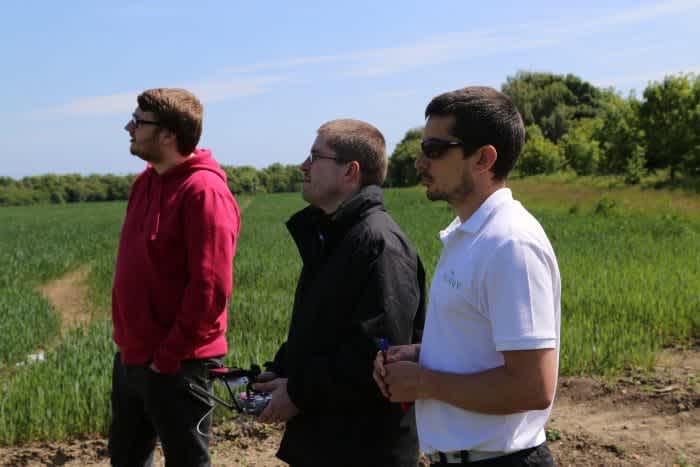
It is also important to remember that the remote pilot remains responsible for the safety of the operation and may only fly the small unmanned aircraft if reasonably satisfied that the flight can safely be made.
But this does not remove the requirement for the competent observer to maintain direct unaided visual contact with the small unmanned aircraft throughout the flight. Therefore, the aircraft can only be flown up to a height of 400 feet if it can still be seen sufficiently for collision avoidance purposes.
Complete your PfCO training with Heliguy. Book now.advgbbtn-abca8fae-310e-42f7-b7f3-3835ba0e0545 { font-size: 18px; color: #fff; background-color: #0232a0; padding: 6px 12px 6px 12px; border-width: 1px; border-color: #0232a0; border-radius: 50px; border-style: solid; } .advgbbtn-abca8fae-310e-42f7-b7f3-3835ba0e0545:hover { color: #fff; background-color: #2196f3; box-shadow: 3px 3px 1px 0px #ccc; transition: all 0.2s ease; }
